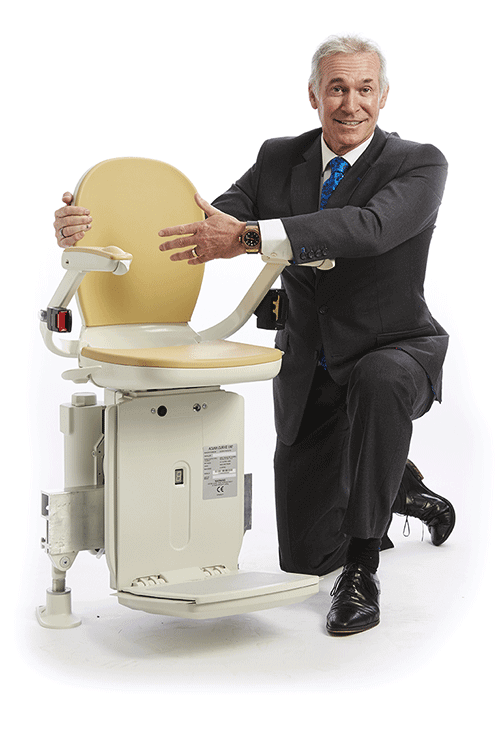
Sometimes life tosses some challenges. When something in life suddenly changes, especially when it comes to your health or safety, it can be hard to welcome. With today's remarkable technologies and tools, it makes it easier than ever to cope with life changes. Whether someone is living with a disability or other challenges, today's innovations make accessibility more common and allow individuals to live more independently.
Assistive aids used in the household can be very beneficial to those impacted by a loss of mobility. Sadly, with the use of some assistive devices, there can be negative stereotypes surrounding them. But thankfully, there are ways to transform the stigma associated with accessibility deceives; it begins at home.
Negatively perceived attributions can characterize a stigma. With stigmatization can come social perceptions or penalties, which can cause things like lack of motivation, fear of seeking help, or a feeling of disconnect. Perceptions are never reality though, people living with disabilities are more than a generalization or stereotype. WHO (World Health Organization) estimates that there may be over one billion people living with a disability in the world, and "disability is part of the human condition." Some people's views on impairments may be challenging at times, but taking time to embrace differences and manage accessibility can transform many people's lives.
Home assistive devices include safety rails, non-slip walkways, and bathroom handles. When it comes to mobility aids, the list could go on forever. Household lifts, chairlifts, and stairlifts are ideal mobility devices. Stairlifts can be a vital tool in increasing user reliability and providing lifesaving protection on tricky staircases. With the assistance of stairlifts, many households might restore their independence and become more independent.
It is essential to learn about what a home assistive device can give to your household. Suppose you are struggling with accessibility at home. In that case, social expectations should not deter you from enhancing your life or the health of a loved one and breaking down the stigmas attached with using helping aids to improve usability. With the removal of obstacles, people may expand their possibilities and receive the assistance they deserve to live more well-rounded lives.
Utilize some of these tips when speaking about home assistive tools:
You can show you care by using person-first words. When referring to someone who has a disability, start with them because their disability does not distinguish them. You may say, for example, "the person is deaf" or "the person uses a walking aid."
When discussing serious things, maintain an optimistic outlook. Once it comes to making decisions about someone's welfare and wellbeing, you should be encouraging by embracing and expressing your excitement.
Allow yourself to be open to new people and new perspectives. It's fascinating how your outlook on issues will change if you take the time to notice them. To achieve a more positive outlook, surround yourself with people from various backgrounds.
Participate in a supportive community. There are groups for almost all, and disabilities are no different. You might benefit from conversing with others who are like you. Consult your doctor or check around the internet to locate a club near you.
At Acorn Stairlifts, we recognize that deciding to install an assistive device in your home may not be a simple choice. Fortunately, we are available 24 hours a day, seven days a week, to help you make the best decision possible. We understand the significance of your well-being and quality of life, and we are here to assist you.
Sources:
Parette, Phil & Scherer, Marcia. (2004). Assistive technology use and stigma. Education and Training in Developmental Disabilities. 39. 217-226.
World Health Organization. World Report on Disability. Available online: http://www.who.int/disabilities/ world_report/2011/en/

